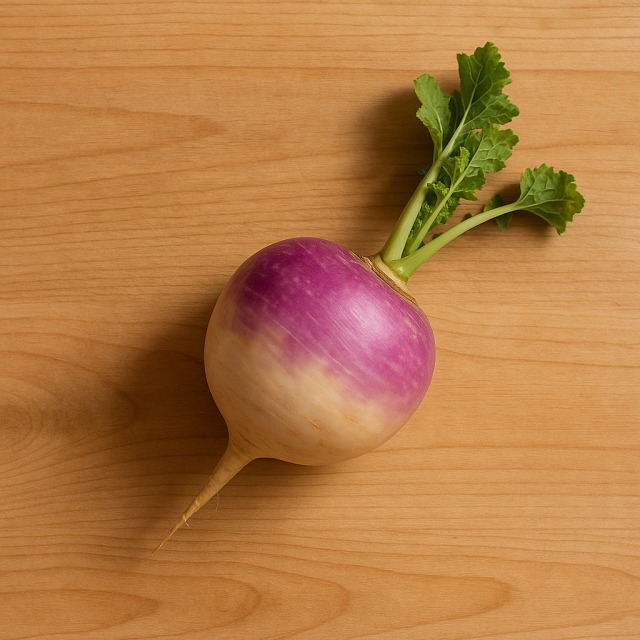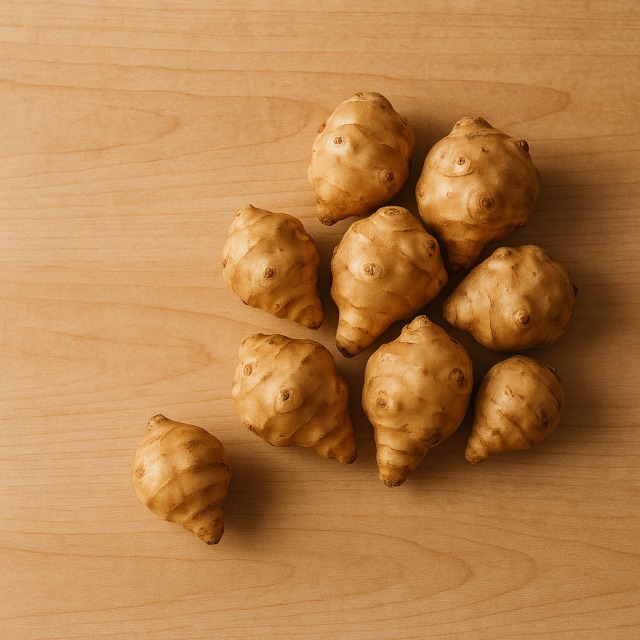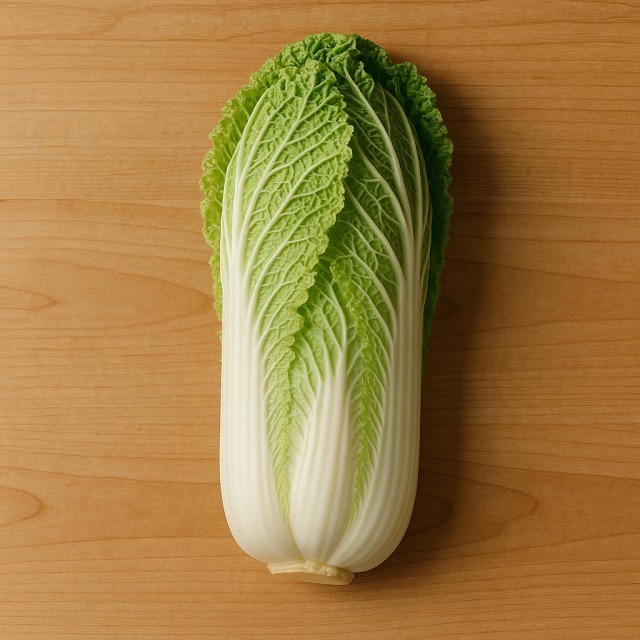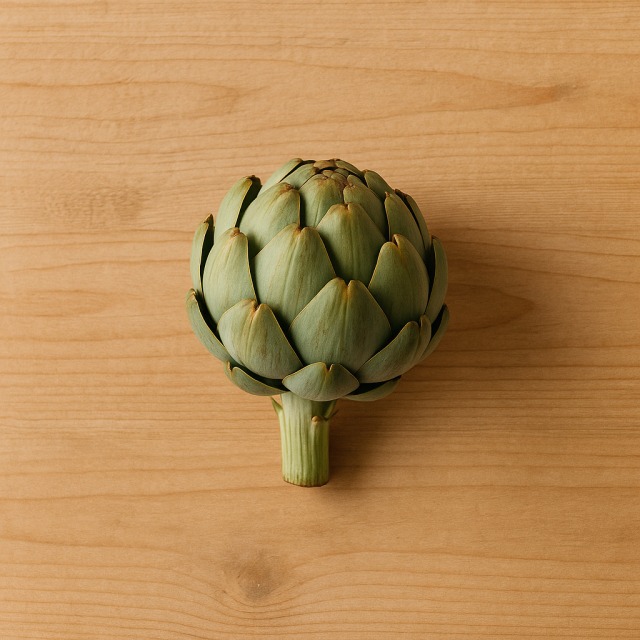Calorie Chart / Vegetables / Leek
How Many Calories Are in Leek?
Calculation of the nutritional value & Recommended Dietary Intake of leek
For g and a calorie requirement of kcal
| Calories 64 kcal | Proteins 3 g | Lipids 0.4 g | Carbohydrates 12 g |
| 3% | 4% | 1% | 4% |
Health benefits of leek

Leek - 100g
Calories 32 kcal
Proteins 1.5 g
Lipids 0.2 g
Carbohydrates 6 g
With barely 32 kcal per 100 g, leek is universally classed as a low-calorie vegetable. Because of this modest calorie count, it is prized in weight-loss menus where controlling calorie intake is essential. Beyond its light calorie contribution, leek supplies a good dose of vitamin K, folate, vitamin C, and the mineral manganese, all of which support normal blood coagulation and immune function. It is also a source of soluble fibre (inulin) that may foster healthy gut flora while keeping calories in check.
Leek contains the flavonoid kaempferol, studied for its supposed antioxidant properties that could help limit oxidative stress, although this benefit is still considered "supposed" by nutrition scientists. Traditionally known as the "asparagus of the poor," the vegetable was already cultivated by the Egyptians and valued by the Romans; Emperor Nero is said to have eaten it daily, convinced it would keep his voice strong—proof that low-calorie foods can still make history.
Because it is largely water (over 90%), leek has a mild diuretic effect, useful for people looking to reduce bloating without adding extra calories. Finally, its subtle onion-like aroma offers depth of flavour without the calorie overload of richer seasonings, making it a strategic ingredient for anyone monitoring their daily calorie budget.
Tips for incorporating leek into a balanced diet
To take advantage of leek's low-calorie profile, prepare a classic leek-and-potato soup by simmering the two vegetables in vegetable stock and blending until silky; swap cream for a splash of semi-skimmed milk to keep calories low. For a protein-rich yet reasonable-calorie lunch, sauté sliced leek with strips of chicken breast and a handful of broccoli florets, finishing with soy sauce. Fans of seafood can roll leek julienne into whole-wheat crêpes and top with flakes of smoked salmon; the smoky aroma compensates for the absence of high-calorie sauces.
Leek also shines in oven dishes: try a crustless quiche combining beaten egg, diced leek, and a sprinkle of Emmental; baking without pastry trims hundreds of calories while still offering comfort food appeal. Remember that portion size still matters: even though leek is low in calories, the béchamel or cheese you add can raise the total calorie count sharply. Pair any leek dish with a raw side such as sliced carrot or cucumber salad to boost volume, fibre, and satiety without driving up calories.
Frequently Asked Questions
- How many calories are in leek?
- Leek provides about 32 kcal per 100 g, making it a very low-calorie choice.
- Is leek good for weight loss because of its low calories?
- Yes, its 32 kcal per 100 g and high water content mean leek adds bulk to meals while keeping overall calorie intake modest.
- Does cooking leek change its calorie value?
- The raw vegetable stays at roughly 32 kcal per 100 g; boiling or steaming adds virtually no calories, but sautéing in oil can substantially lift the final calorie tally.
- Which foods combine well with leek without adding many calories?
- Pairing leek with lean proteins such as cod, turkey cutlet, or plant sources like tofu keeps the plate rich in nutrients yet moderate in calories.
- Does leek offer nutrients other than being low in calories?
- Absolutely: despite its low-calorie status, it brings vitamin K, folate, vitamin C, and antioxidants to the table.
Similar foods
Information provided by Calorie Menu may contain inaccuracies or errors. It cannot, under any circumstances, substitute medical advice or medication.










